From tropics to Winter Olympics: It’s time Filipinos experience snow in PyeongChang
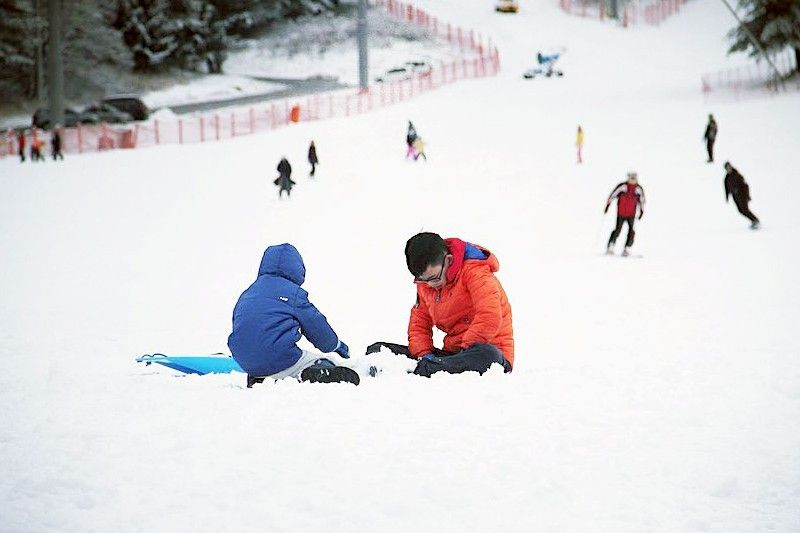
PYEONGCHANG, South Korea — For Filipinos who have lived in the tropics all their lives, winter doesn’t top the mind in choosing a holiday vacation overseas. Usually, parents opt for theme parks for their kids, while barkadas prefer to go to the beach for adventures.
This is the reason Hong Kong, Tokyo and Bali among others have steadily welcomed Filipino tourists throughout the years.
Experiencing winter is something Filipino families and friends must add to their travel goals because it’s now more attainable than ever. The Korean Tourism Organization (KTO) pushes its Gangwon province as a winter destination for Filipinos.
Located east of capital Seoul, Gangwon-do is just two hours away by bus, or one hour away by train. The province recently got international attention when its county PyeongChang hosted the 2018 Winter Olympics last February.
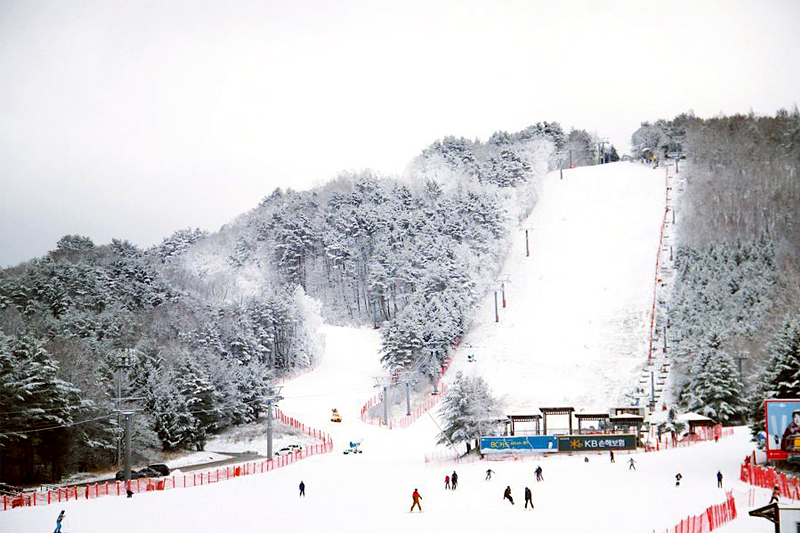
On a regular day during winter, temperature at PyeongChang can easily go down below zero. The mornings and nights are especially colder with temperatures averaging up to -10-degree Celsius. Photo courtesy of Lyn Mendoza
This December until March 2019, it’s winter once more in PyeongChang and the rest of Gangwon-do. A whole new world of snow sightings and winter activities await Filipinos.
The first sighting of snow
On a regular day during winter, temperature at PyeongChang can easily go down below zero. The mornings and nights are especially colder with temperatures averaging up to -10-degree Celsius.
It’s only natural for Filipinos, who are used to 30-degree-Celsius temperatures, to be intimidated by winter.
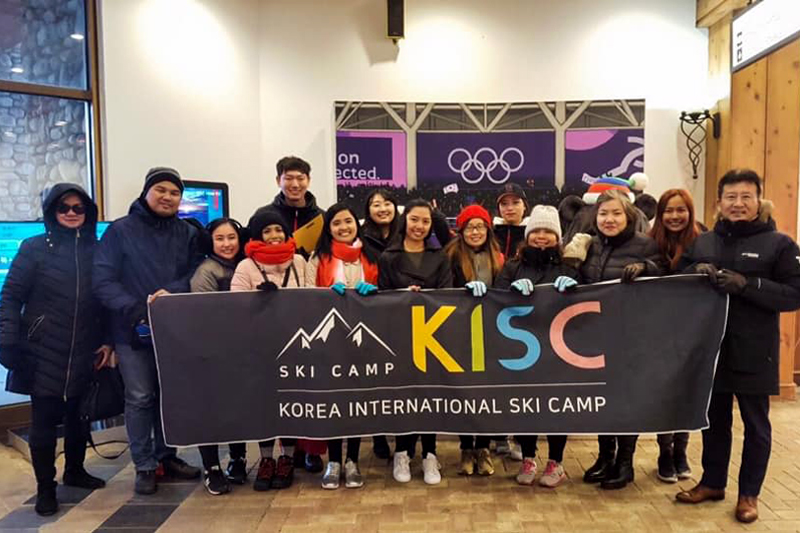
The Philippine delegation composed of travel agents and members of online media sent to the Korea International Ski Camp familiarization tour to Gangwon province from December 6 to 10. Released/KTO
Worry not because mental and physical preparations are all that is needed. Boost the immunity, wear proper winter clothes—layers upon layers of it—and hope only for the best.
Philstar.com attests to this as part of the Philippine delegation sent to Gangwon-do from December 6 to 10. Truly, sighting the countryside of mountains and trees covered in snow would make one dreamy.
Winter Friend, a Seoul-based travel agency, leads in promoting Gangwon province to Filipinos.
“I believe that winter here has a big potential to Filipinos, especially with the Hallyu wave sweeping the Philippines nowadays. We have been focused on inviting Filipinos to come here during winter since last year,” said Yena Jung, manager for global operation of Winter Friend.
The Filipino-speaking Jung grew up and lived in the Philippines for almost two decades. She has observed how Filipinos have started visiting South Korea’s more popular tourist destinations during other seasons like autumn and spring. Now it’s time they experience winter, she enthused.
Now try this: Skiing
As part of its efforts, Winter Friend introduces the Korea International Ski Camp (KISC) to Filipinos. Running for three years at five partner ski resorts in PyeongChang, KISC is a ski tour planner that includes accommodations to top ski resorts in PyeongChang and qualified ski lesson programs.
KISC is the perfect opportunity for Filipinos to ski. The three-day, two-night KISC Yellow Package is highly recommended for first-timers.
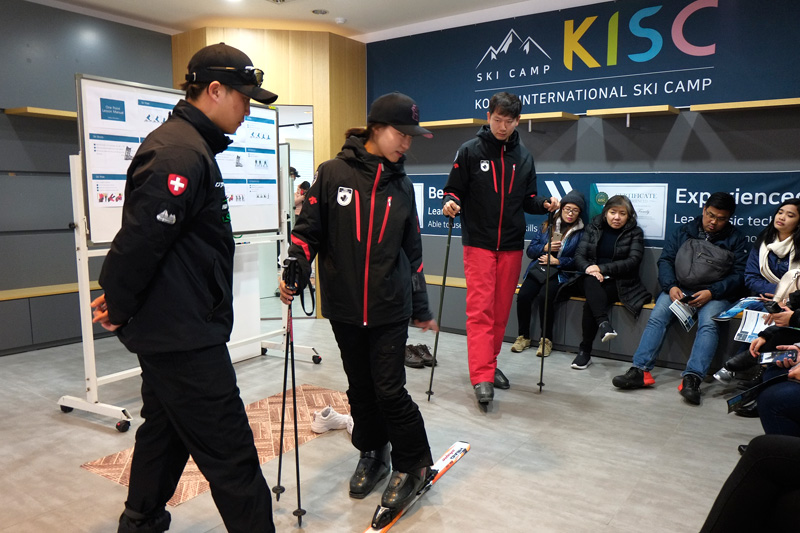
During the safety orientation on how to wear ski attire and use ski equipment, plates and pole, at the KISC office. Philstar.com/Euden Valdez
On Day 1, a safety orientation on how to wear ski attire and use ski equipment, plates and pole, at the KISC office takes place. In the following days, participants get to apply the initial lesson. They will embark on morning and afternoon ski lessons, each with three hours to be spent on actual ski slopes.
It is not easy, but muster bravery and you’re up for an unforgettable experience. Basic skills include how to wear the plates, how to fall safely, how to slow down and break by forming the A shape, and how to turn right and left.
These may feel too much to handle, but worry not because professional Korean ski coaches will be with you every step of the way—or in this instance, every skid on the slope.
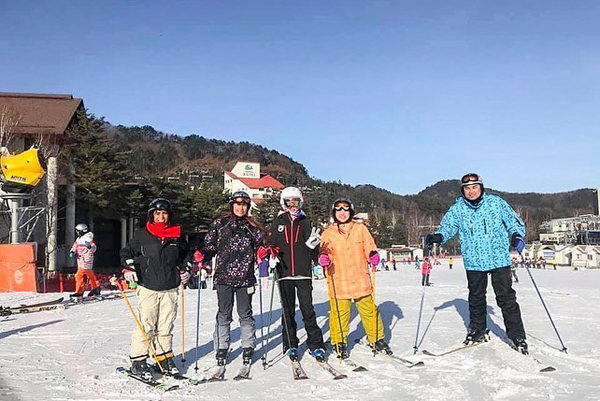
Ski coaches will be with ski learners all throughout the program. Afterward, they review the participants' skills and decide if they pass their level. Philstar.com/Euden Valdez
At the end of the program, the ski coaches get to review one’s learning and skills. Participants even get a certificate if they pass their level. One can start as Newbie, become a Beginner, advance to Experienced and graduate as an Expert.
Staying in a ski resort
A ski experience won’t be as complete without a well-appointed accommodation. KISC has four of the best ski resorts in PyeongChang as partners, including the YongPyong All Seasons Resort.
Established in 1975, YongPyong is in fact Korea’s first ski resort, which has hosted international and national sporting events throughout the years. It boasts of 3 million acres of skiing grounds, 28 unique slopes and 14 lifts. Its Dragon Plaza is considered the largest ski-house in South Korea.

At Dragon Peak, the highest point of Mt. Bangwalsan that stands at 1,458MASL. It can be reached via a 3.7-km-long, 40-minute gondola ride. Philstar.com/Euden Valdez
Most importantly, it is proud of its fine and abundant snow, and the natural sceneries all around. It does lie at the foot of Mt. Bangwalsan, with two peaks open for resort guests and skiers.
The highest is the Dragon Peak at 1,458MASL, which can be reached via a 3.7-km-long, 40-minute gondola ride.
According to Bolam Kim, marketing manager of YongPyong Resort, Mt. Bangwalsan is very symbolic to Koreans. The sum of the digits of its height is 18, which is very auspicious in greater Chinese culture. And a horizontal 8 means infinity.
This symbolizes Mt. Bangwalsan’s infinite amount of qi (force) to give birth to a king, says Kim. As such, the mountain is believed to be the birthplace of champions and the beginning of success.
“‘Winter Sonata,’ the famous Hallyu drama aired in 2002, was mainly filmed in Mt. Bangwalsan, creating the unforeseen Korean culture influence, later dubbed as ‘Hallyu’ all over the world. In 2016, the main characters of another popular drama, ‘Goblin’ found love in Mt. Bangwalsan. Since ‘Goblin’ continued the Hallyu phenomenon, the mountain can be said to be both the birth and succession place of Hallyu,” describes a press statement.
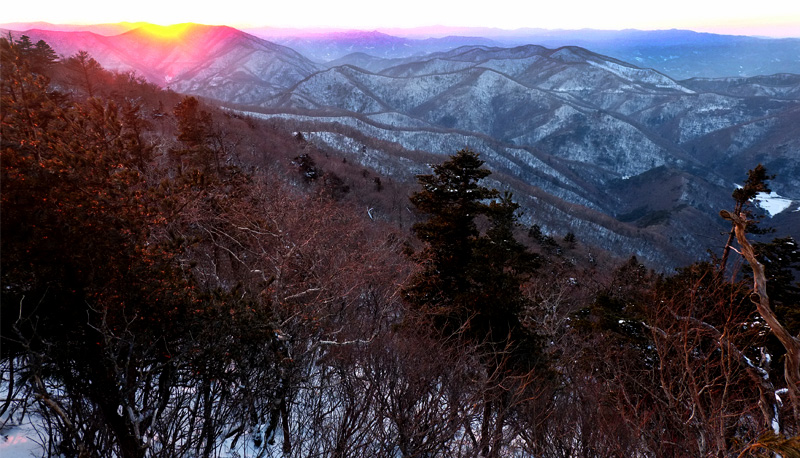
Mt. Bangwalsan is a true beauty. With its elevation, it offers 360-degre views of mountain ranges, the sunrise and sunset, sea of clouds, and the Pacific Ocean on the east. Philstar.com/Euden Valdez
Simply put, Mt. Bangwalsan is a true beauty. With its elevation, it offers 360-degre views of mountain ranges, the sunrise and sunset, sea of clouds, and the Pacific Ocean on the east.
When it comes to accommodation, YongPyong has got every type of guests covered—a total of 2,300 rooms to be exact. Filipinos can choose from traditional Ondol (heated flooring and mats) and luxurious suites. It has the deluxe Dragon Valley Hotel, 7 North American-style condominiums, and a moderately priced youth hostel.
All this has placed YongPyong Resort in the Top 20 Ski Resorts ranked by the World Travel Awards, and has been listed in The New York Timesas one of the Top 50 Places to visit in 2016.
Wait, there’s more
Besides skiing, there’s more to see and do in PyeongChang during winter.
Tour other Winter Olympic venues in nearby ski resorts. Alpensia Resort, for one, houses the Winter Olympic 2018’s ski jumping slopes. This is found inside the Alpensia Stadium and it has an observatory with an uphill monorail. Go atop and view the entire Alpenia Resort, which is also famous for its snowboarding and sledding slopes.
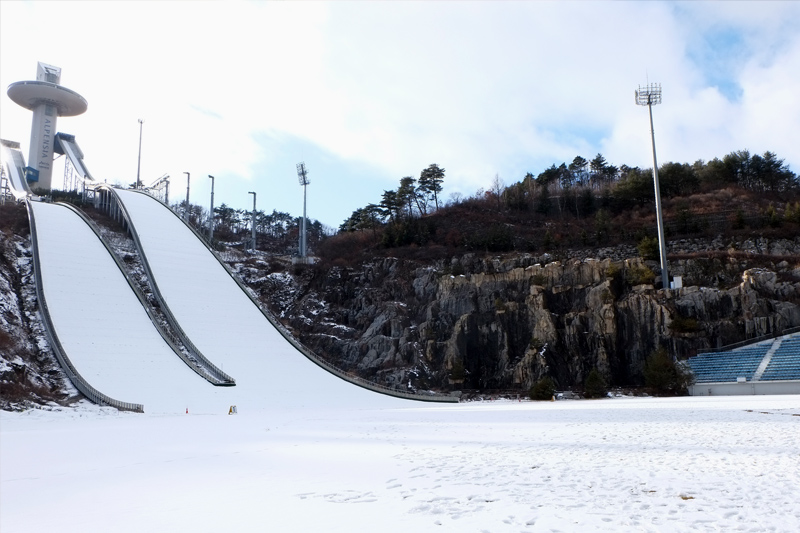
Tour other Winter Olympic venues in nearby ski resorts. Alpensia Resort, for one, houses the Winter Olympic 2018’s ski jumping slopes. Philstar.com/Euden Valdez
Still at YongPyong Resort, the expansive Peak Island Water Park and Spa is open for business even during winter. Its heated indoor swimming pools with extreme slides and inflatable rides give a different kind of thrill!
For relaxation, head over to the sauna or spa. Of course, enjoy traditional food at your chosen Korean restaurant. There are dolsot bibimbop, bulgogi, seaweed soup, and unlimited side dishes like freshly fermented kimchi.
Lastly, take a quick visit to Woljeongsa Temple at Odaesan Mountain for a quick introduction to Korean heritage and culture.
Now who says winter is for staying indoors!
The Korea International Ski Camp familiarization tour for Philippine travel agencies and media was sponsored by the Korea Tourism Organization.
READ ALSO: Coffee crawl and more ways to keep warm in South Korea's 'City of Pines'




















